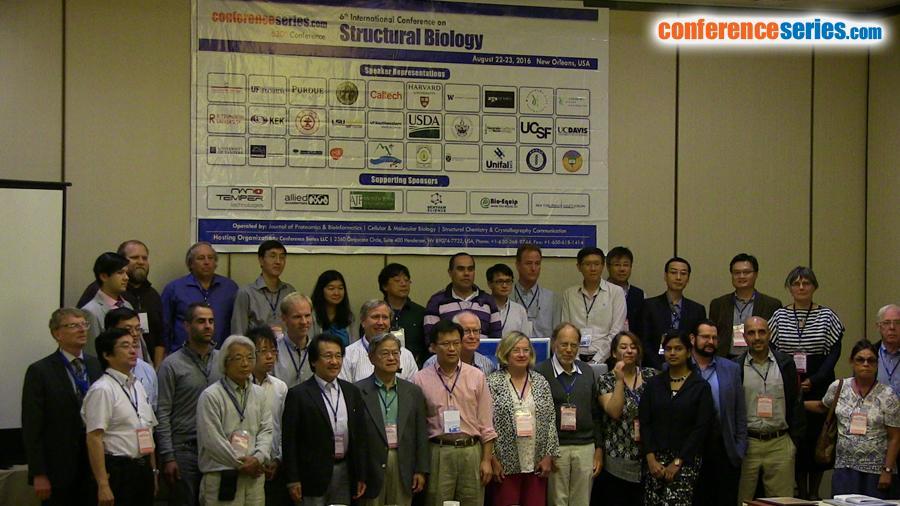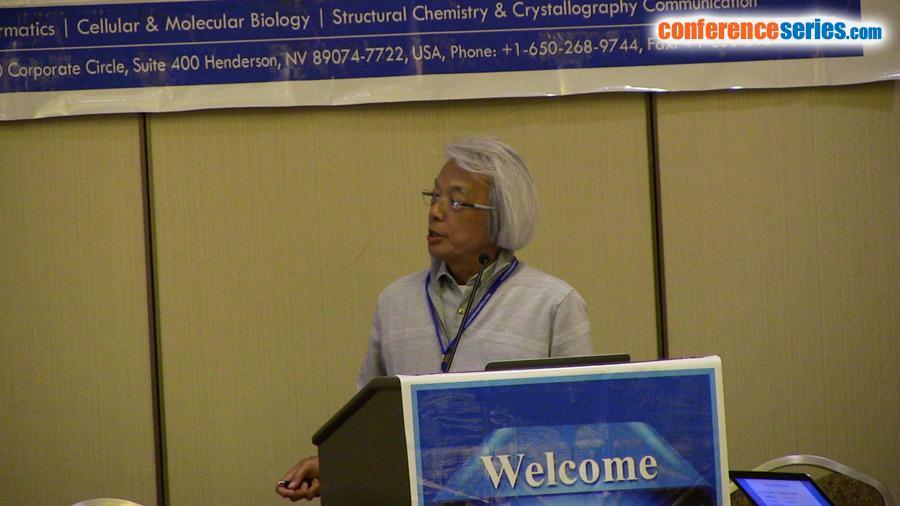
Fumio Hirata
Toyota Physical & Chemical Research Institute, Japan
Title: Structure, fluctuation, and function of biomolecules in solution explored by the 3D-RISM/RISM theory
Biography
Biography: Fumio Hirata
Abstract
There are two physicochemical processes which are essential for living bodies to maintain their life: “self-organization” and “molecular recognition.” Protein folding and formation of cell-membrane are typical examples of the former process, in which biomolecules have to overcome the entropy barrier to organize themselves into some characteristic structure. On the other hand, a molecular recognition process concerns whenever a biomolecule performs its function as a “molecular-machine.” For examples, in order for the enzymatic reaction to occur, substrate molecules should be accommodated first by the protein in its reaction pocket to form so-called an enzyme–substrate (ES) complex. The two processes may not proceed spontaneously if biomolecules and ligand molecules are exisiting by themselves in “vacuum,” because those are not in favor with respect to entropy. For instance, the protein folding is a process in which a protein folds into a native conformation, the state of least entropy, from the random coil, the state of largest entropy. Then, why do those processes occur spontaneously in our body? It is because there is always “aqueous solution” in the real environment of a living body.



